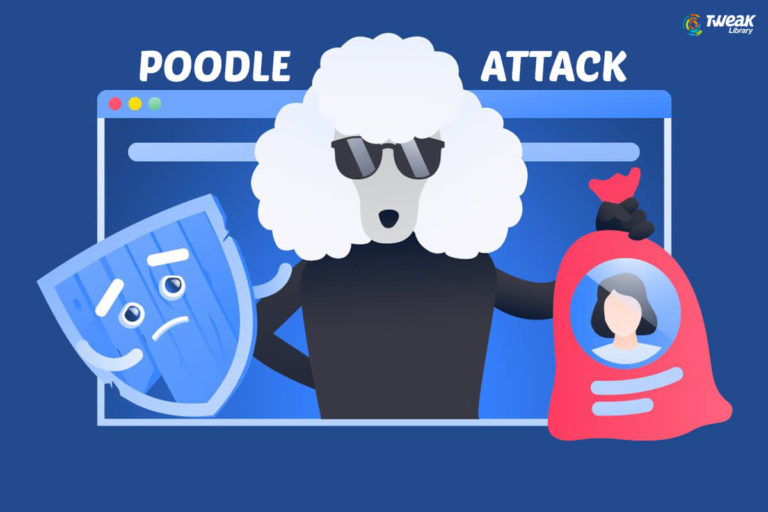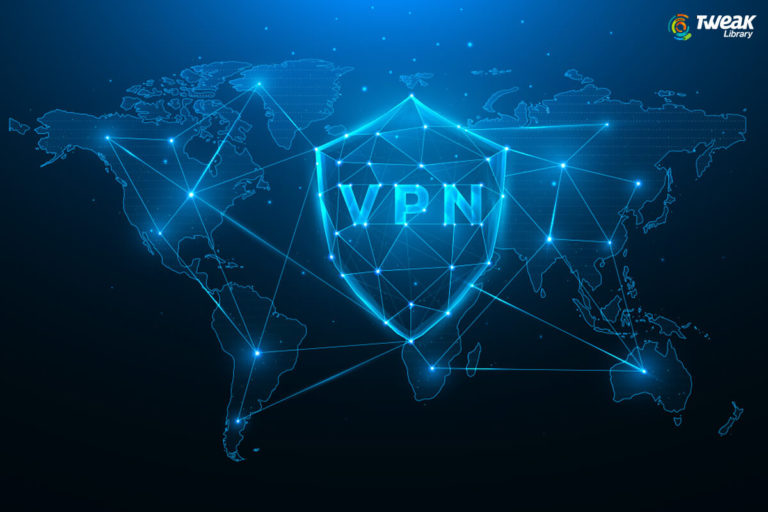One is always on a lookout to protect themselves from cyber security scams. But, in the long run, we make a crucial mistake. We ignore all the red flags the minute it comes to emails that claim that our security has already been breached. At that time, instead of keeping our cool, we become victim of a phishing email scam that inevitably leads to ransomware or malicious malware on to our devices.
The thing about email phishing scams is that more often than not, social media plays a crucial hand. It becomes very easy for hackers to access our personal details on such portals. Date of birth, city of residence and eve one’s alma mater can be known with one visit to a social media page. From there on, sending phishing emails with click bail like keywords becomes quite easy.

Mentioned below are the most common phishing email subjects. One needs to heed the warning bells that ring in the back of one’s mind when such emails lands in one’s inbox.
1. Hi! I am Jensen from your High School.
Remember me? One of the most common form of clickbait is using one’s nostalgia against them. One’s alma mater is often a source of great comfort and pride or something one actively tries to forget. Irrespective of one’s point of view, majority of phishing scams send emails with a generic name claiming to be from the same high school the email receiver went to. This leads to some amount of believability in the email and one ends us clicking it open and letting ransomware enter one’s device.
2. Your Account Shall be Deactivated in 2 days.
Online Banking Alert: This one is tricky to navigate. Emails mentioning one’s bank account makes one hyper alert as we do not want to miss a crucial email which leads to the deactivation of one’s account. Hence, if ever we get an email claiming to be from our bank, we immediately access them. This clickbait leads to links that look very similar to the official site of our banks and has highlighted area asking us to enter our account details and the security questions in place. If, one does enter these details, there is a solid chance that the account may be wiped off of all our savings. The way to ensure that we do not commit this folly is by looking up in the address bar and ensuring that the site link is HTTPS and not HTTP.

3. Limited period offer / Flash Sale:
Oh, the irony! By phishing standards, this one is probably the most obvious of all scams. A flash sale or limited period offer announcing email that take one to proxy sites which are similar to mainstream online shopping sites. How much more obvious do the hackers need to be? Once logged in to such a site, if one does indeed make a purchase, their digital identity, bank account access, residential address etc. is compromised in a jiffy!
Also Read : What To Do If Your Email Is Hacked
4. Amazon: Billing Address Mismatch / Delivery failure:
Like the above mentioned, emails that claim that that are unable to deliver a package or there is an error in the billing or the delivery address are basically phishing for personal details. This is a security compromise of the highest order. One needs to be very alert of such emails and if in case one is expecting a delivery, it is advisable to download the official app and then track one’s order and check out if there are any discrepancies mentioned in the log details.
5. Unusual Sign in Activity:
Oh! This one takes the cake! Like the pot calling the kettle black, such phishing emails claim to be reporting an unauthorized sign-in in one’s account. If one does click on to the email, it usually has a link which when clicked asks one to re-enter one’s password and verify the user’s identity. If we do share these details, we allow them to breach our account privacy and that can lead to many more phishing scams in the user’s name as the hacker now has access to the users contact list! What a massive compromise of one’s digital identity.
6. Overdue Invoice:
We live on a budget. With the economy in doldrums, it becomes very difficult to balance home, life and work responsibilities on a single salary budget. Hence, if ever we receive an email that says that there is an invoice that is overdue and hence needs to be repaid urgently, one immediately accesses the email and checks out. It is then that a Macro that is hidden in the word document runs automatically to download malware. Such emails need to be deleted because, if there are any overdue invoices, they shall be displayed in one’s banking statement.

Must Read : 5 Ways To Identify And Remove Malicious Emails
7. Nigerian Prince / Deceased Nigerian relative’s Will:
Let’s end this blog on a lighter note. One of the most famous all-time email phishing scams, the Nigerian prince or deceased long lost Nigerian relative scam is also known as the advance-fee scam. In it, the scammer contacts the user via email and demands an advanced fee payment to begin the process of transferring funds that are supposedly left in the user’s name. While this scam was at its peak popularity a couple of years back, it has again started to become a popular means for phishing. Scammers now attach a fake document that declared the user as the sole beneficiary in a will that seems to have a government seal of approval. Many fall victims to this scam believing it to be an authentic document.

There you have it folks! Some of the most popular phishing email scams that have been used to swindle millions of dollars of money out of unsuspecting victims. Additionally, one also compromises on their digital identity due to them. One needs to be always on an alert if any such email lands up in their inbox. The easiest and fastest solution to end such clickbait is deleting them from one’s inbox without even opening them. Additionally, one can also block the email id from where in they originate.






Leave a Reply